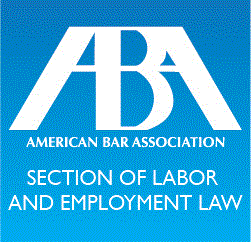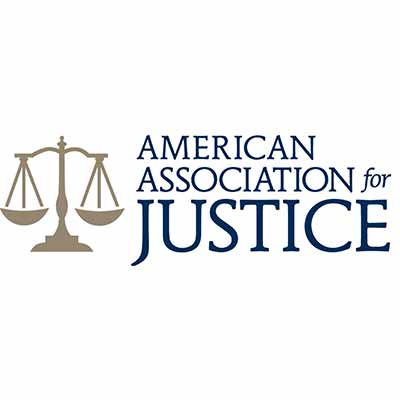Workers’ Compensation Coverage for COVID-19 at work
In New Hampshire, there is coverage for employees who contract COVID-19 at work and there is also limitation of liability on the employer side. What’s more, there is insurance for the benefit of both the employee and employer in the event of exposure.
All this together is good for people and business alike, as it provides a safety net for COVID-19 loss, a means for paying for associated health care and a path back to work that will support the economy.
The primary question regarding workers’ compensation coverage, as related to the contraction of COVID-19, will hinge on whether the employee contracted COVID-19 in and during the course of work. In accordance with the law, and as interpreted and applied by the courts, the burden of proof to establish this necessary causal connection, and thus to establish eligibility for workers’ compensation benefits, is on the employee.
To meet this burden, the law requires that an employee prove more probably than not, “that the injury occurred within the boundaries of time and space created by the terms of employment,” and that it “occurred in the performance of an activity related to employment.” Both prongs of the burden must be met to prevail in a claim for benefits.
At first glance it seems it would be difficult, if not impossible to prove an employee contracted COVID-19 at work. After all, given the widespread incidence of COVID-19 in virtually every New Hampshire county, the risk of infection exists at work, but also in the community and even at home. However, this is not fatal to coverage under our law.
An employee may recover from an illness under workers’ compensation even if the cause of contraction is unknown and the risk of illness is not distinct to work, as long as the employee can show the illness results from a “risk greater than that to which the general public is exposed.” This is referred to as the increase risk test.
As a first step to funding recovery using the increased risk test, the employee must employ a comparison between him or herself and the general public. This comparison may be qualitative or quantitative and should take into account the manner of exposure or the frequency of exposure at work to the extent these conditions increase the risk of contracting COVID-19.
Applying this analysis, many workers who contract COVID-19 will be able to show their work duties resulted in an increased risk of contracting the COVID-19 contagion as compared to the general public, particularly where the general public is under Executive Order to “stay at home.” In this setting, even grocery store workers or other employees deemed “essential” and who are thus required to routinely interact with the public in a time when community spread of COVID 19 is still a threat – face, by definition, a greater quantitative risk of contracting the disease than does the ordinary individual member of the public who leaves the home far less frequently.
This is even more evident when considering the qualitative risk of exposure experienced in industries like healthcare. Workers who treat patients with diagnoses of COVID-19 will likely be able to show that they are at increased risk of contracting the illness as compared to members of the general public due to the work they do and to the correlating increased frequency of direct exposure to illness, even if no specific transmission of the disease can be traced to a known carrier. If the healthcare worker has had to engage in care that involves unusually contagious situations, such as exposures in the process of resuscitation or intubation or without full PPE, the fact that their risk was increased due to the qualitative nature of their work is clear.
Indeed, there may be an argument to be made that in these latter types of cases, or in similar circumstances, such employees may alternatively be eligible for benefits under NH RSA 281-A:2 XIII: Occupational Disease. But that’s another blog for another day. For now, it’s important to know that there is a path to protection for workers’ who contract COVID-19 at work if they can show they contracted COVID-19 as a result of their work and that they had an increased risk of getting sick as compared to the general public.
Click here: COVID-19 and workers' compensation/employee benefits to learn more from our COVID-19 Resource Center.






